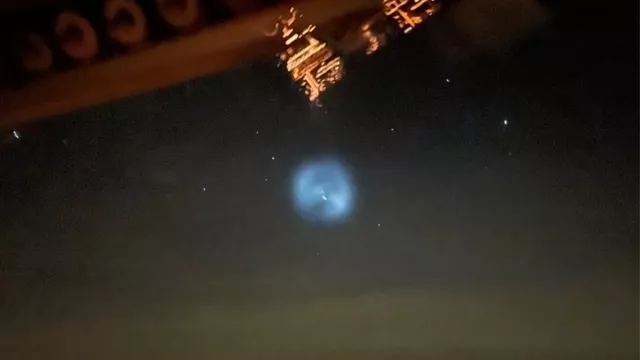GEIPAN, the French UAP research and information group created by CNES in 2005, collects, analyses and archives information on unidentified aerospace phenomena (UAP) and informs the public about them
Key information
| Mission | Study unidentified aerospace phenomena and collect, analyse and archive eyewitness accounts |
|---|---|
| Domain | Cross-cutting |
| Inception | 2005 |
| Partners | Gendarmerie, Police, Air and Space Force, CNRS, Meteo France |
| Where | CNES, Toulouse |
| Lifetime | Indefinite |
| Status | In operation |
Key figures
- 24.6% of phenomena clearly identified
- 39.7% of phenomena probably identified
- 32.4% of phenomena unidentified for lack of data
- 3.3% of phenomena unidentified after investigation
Key milestones
- 2021: GEIPAN website revamped
- 2008: GEIPAN website created and UAP archives transferred to it
- 2005: GEIPAN replaces SEPRA
- 1988: GEPAN replaced by SEPRA, the permanent unit at CNES responsible for routine monitoring of orbital debris and risk objects
- 1977: Inception of GEPAN, the French UAP research group
Project in brief
On a summer’s night, you see strange lights moving in the sky. While there most likely is a rational explanation for what you’re seeing (satellites, lanterns, aircraft lights, etc.), you can report your sighting to GEIPAN if you wish. Based in Toulouse, this body has several distinct missions. First, it collects eyewitness accounts about unidentified aerospace phenomena (UAP), directly on its website (https://www.cnes-geipan.fr/en/home) or from statements recorded by the gendarmerie, civil aviation or other authorities. It then analyses these statements with a view to refining likely scientific explanations for the reported phenomena. This phase may entail investigations in the office and the field to complement eyewitness accounts. Documented accounts are then posted on GEIPAN’s website to inform the public about its work and results.
CNES’s role
Created by CNES in 2005, GEIPAN replaced SEPRA, the permanent unit at CNES responsible for routine monitoring of orbital debris and risk objects, which in 1988 itself succeeded GEPAN, its forerunner founded in 1977. Currently headed by Frédéric Courtade since January 2024, GEIPAN is overseen by COPEIPAN, a steering committee comprising representatives from the civil and military authorities (gendarmerie, police, air and space force) and the academic and scientific community (CNES, CNRS, national weather service Meteo France, psychologists and other experts.).
Contacts
GEIPAN Director
Frédéric Courtade
E-mail: frederic.courtade at cnes.fr


